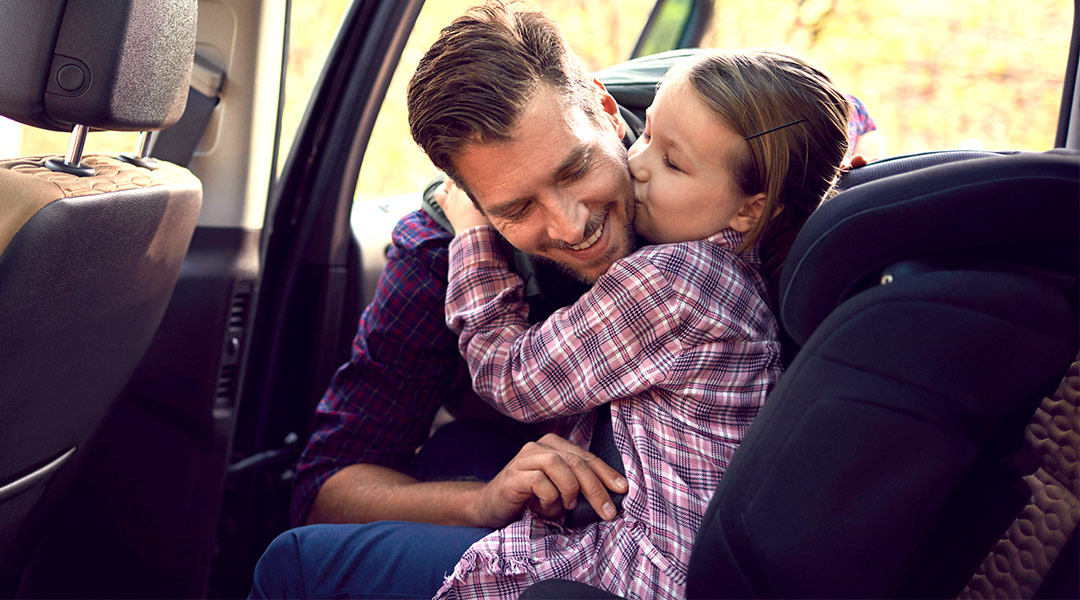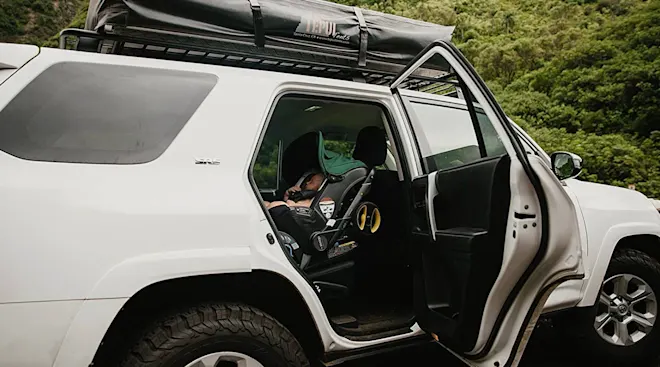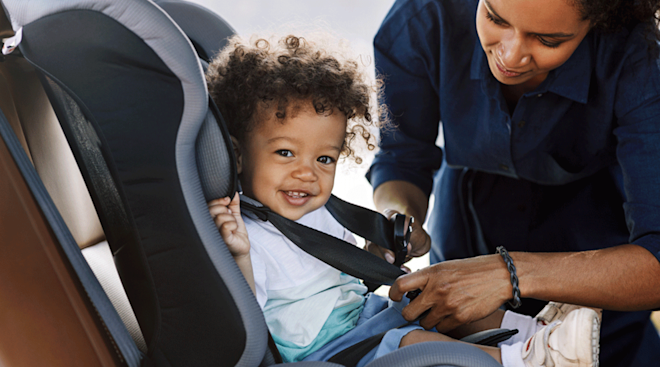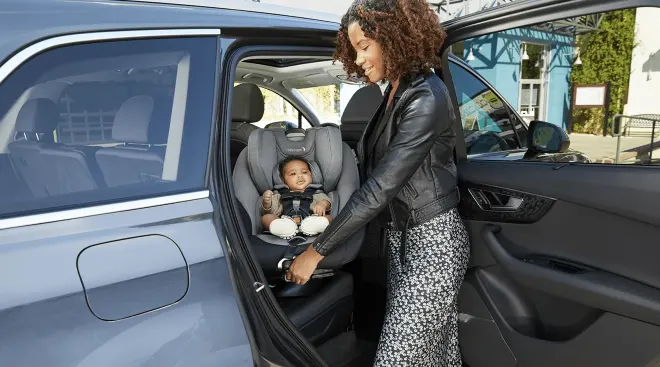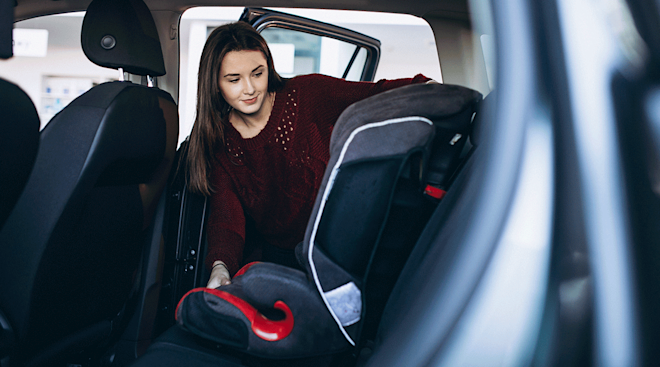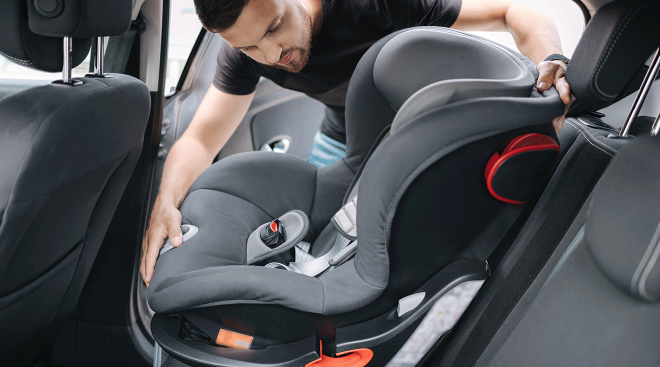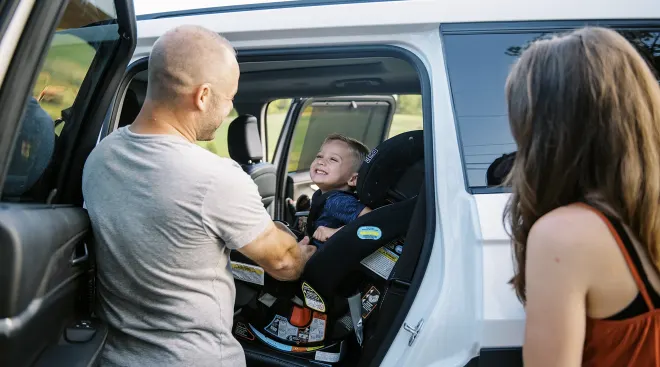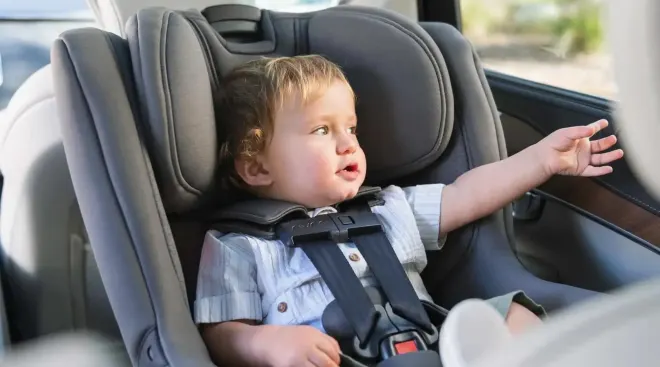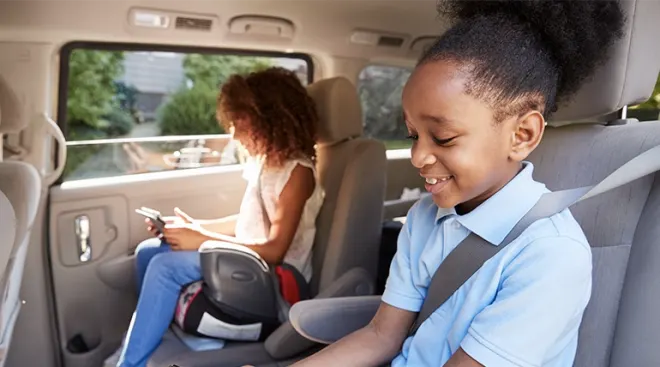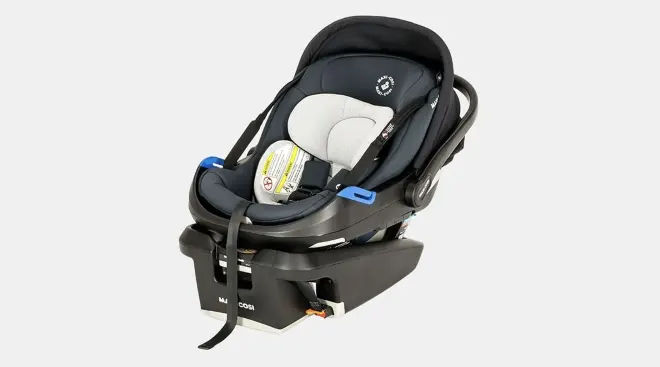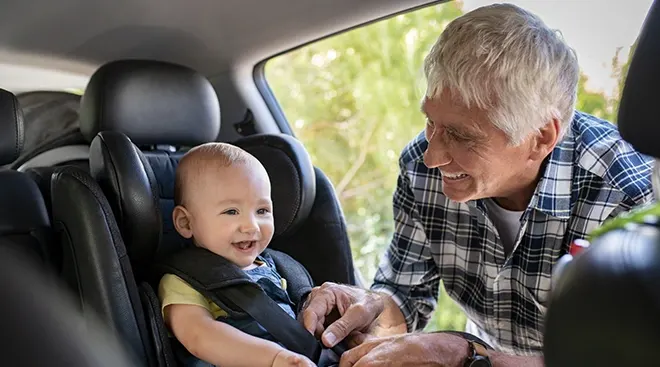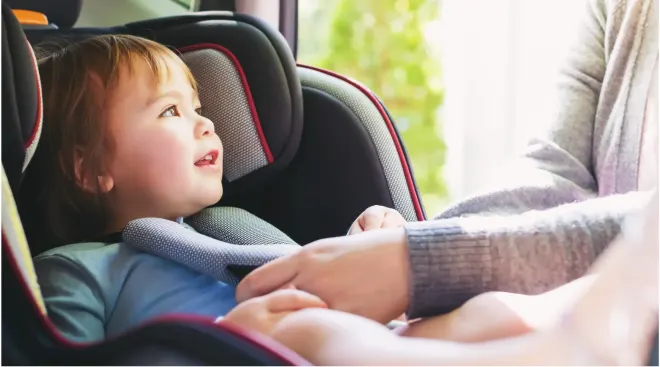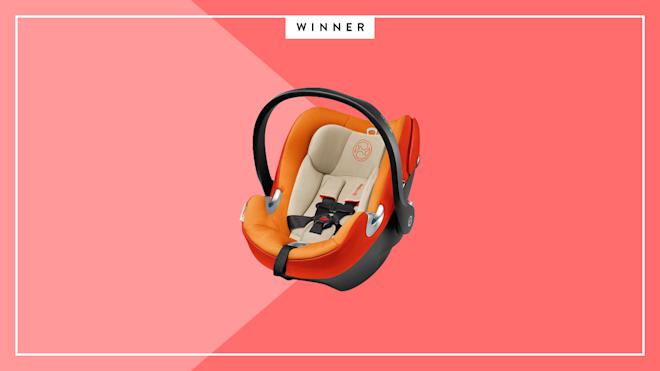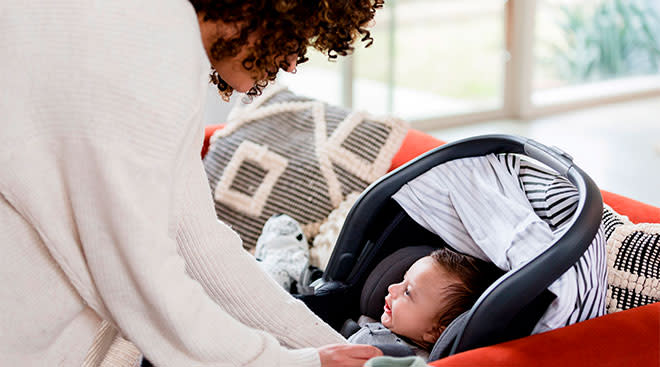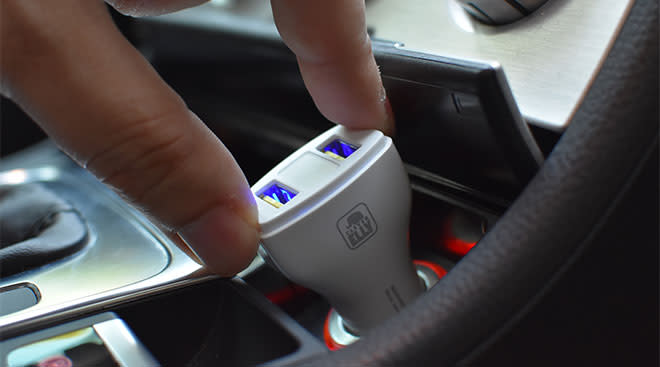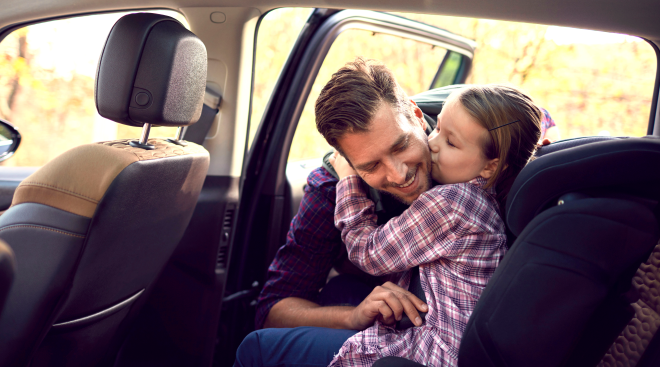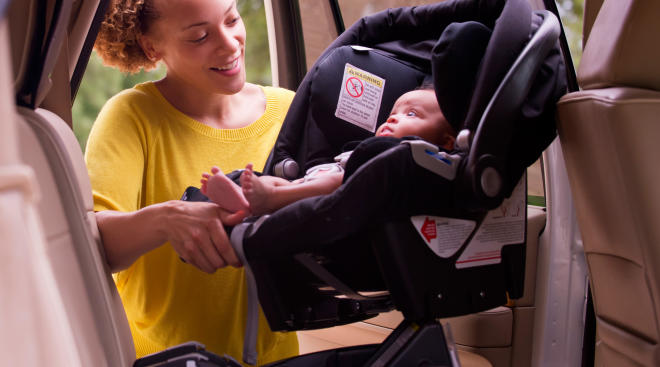Crash Videos Reveal Horrifying Safety Flaws in Popular Booster Seat
Evenflo is a popular brand when it comes to children’s booster seats. But, recent leaked footage from a crash test conducted by the company, shows some horrific insight into the company’s products.
The video, which was obtained and published by ProPublica, shows what would happen to a child in their Big Kid booster seat should the car be hit from the side. The horrifying video shows the dummy violently being tossed to the side—and in ways that could cause them to sustain potentially serious injuries.
The outlet showed the test videos to Dr. Ben Hoffman, who was the lead author of the American Academy of Pediatrics’ (AAP) car seat recommendations policy, to get his insight. He told ProPublica in an interview that, according to the the dummy shown in the video, had it been a real child, they could sustain abdominal, brain and spinal injuries that could be fatal. “This looks horrific, and I can’t imagine it being in any way shape or form better under real life circumstances,” Hoffman told ProPublica.
According to the outlet, Evenflo gave the video a passing grade, explaining that a “failed” crash test requires the dummy to be thrown out of the booster seat or for the seat to break. There have been safety concerns from employees in the past, the outlet reports. One such case is safety engineer, Eric Dahle, who recommended that Evenflo stop selling boosters for kids who weigh less than 40 pounds back in February 2012. He emailed “high-ranking executives” to say that kids under 40 pounds would be safer in car seats that use a harness and that the change would also better align with the AAP’s recommendations.
According to the AAP recommendations, infants and toddler should ride in a rear-facing car safety seat for as long as possible (until the reach the maximum weight or height allowed by the seat), after which they should ride in a forward-facing car seat with a harness for as long as possible (again, until the reach the maximum height and weight).
Dahle’s pitch was “vetoed,” ProPublica states, and Evenflo decided to keep the weight recommendation for its Big Kid booster seat on the lower end of the scale—even marketed the seat as “side impact tested.” While the company supposedly no longer markets the seat for children who weigh less than 40 pounds, their initial recommendation that their product is safe for children who weigh as low as 30 pounds is still out there (and was easily obtained by both reporters from ProPublica and CBS This Morning ).
CBS This Morning also recalled a car crash that happened in Long Island, NY in 2016, in which mom Lindsay Brown was hit on the driver’s side with her two daughters in the car. While she and her older daughter recovered from their injuries, 5-year-old Jillian Brown was left paralyzed from the neck down. She was strapped into the Big Kid booster seat and weighed 37 pounds at the time of the accident, the outlet reports.
“I would never have bought that if I’d known. I would’ve left them in the front facing five-point harness for years,” her father, Jay, told CBS This Morning. “You know, you read it and believe it.”
Please note: The Bump and the materials and information it contains are not intended to, and do not constitute, medical or other health advice or diagnosis and should not be used as such. You should always consult with a qualified physician or health professional about your specific circumstances.
Navigate forward to interact with the calendar and select a date. Press the question mark key to get the keyboard shortcuts for changing dates.

































